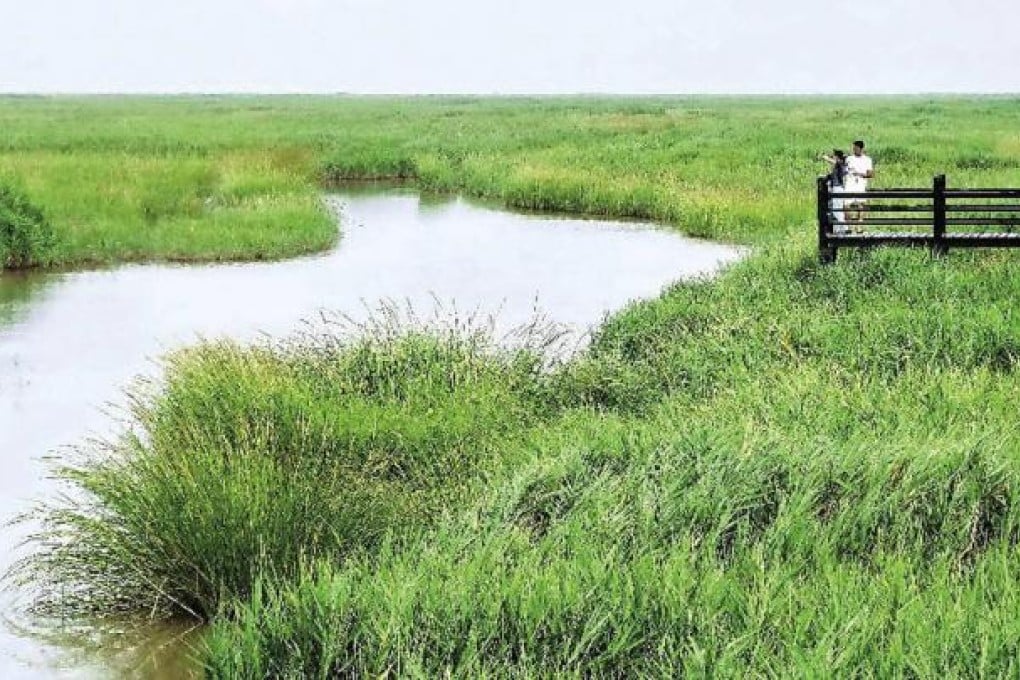Opinion | Shanghai mulls growth plan for 'last virgin territory' Chongming Island
As Shanghai considers turning 'virgin territory' of Chongming Island into eco-tourism hub, some are worried its natural beauty will be spoiled

Shanghai is grappling with the difficult question of how to develop its "last virgin territory" - Chongming Island - as city officials rack their brains to strike a balance between economic growth and environmental protection.
The mainland's commercial capital has drawn up a blueprint to develop Chongming, covering more than 1,400 square kilometres, into a prosperous "eco city", supported by "modern and green industries", by 2020.
However, Shen Xiaochu , a deputy director of Shanghai's Municipal Development and Reform Commission, has admitted that the municipal government has yet to find any suitable industries that could sit well with the millions of migratory birds - some endangered - which take a break on the alluvial island during migration.
Addressing a government conference, Shen said Chongming, located at the mouth of the Yangtze River, would only accommodate environmentally friendly industries. He said the city would take a forward-looking attitude in implementing the blueprint, without elaborating.
Chongming, with a population of more than 700,000, is the only district-level area in Shanghai described as a "county". The mainland defines a county as a rural area where most residents are farmers.
The county chief, Zhao Qi , said the island's farmers were keenly anticipating major changes, hoping that industrialisation could help them get rich quickly.

